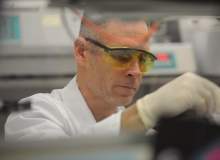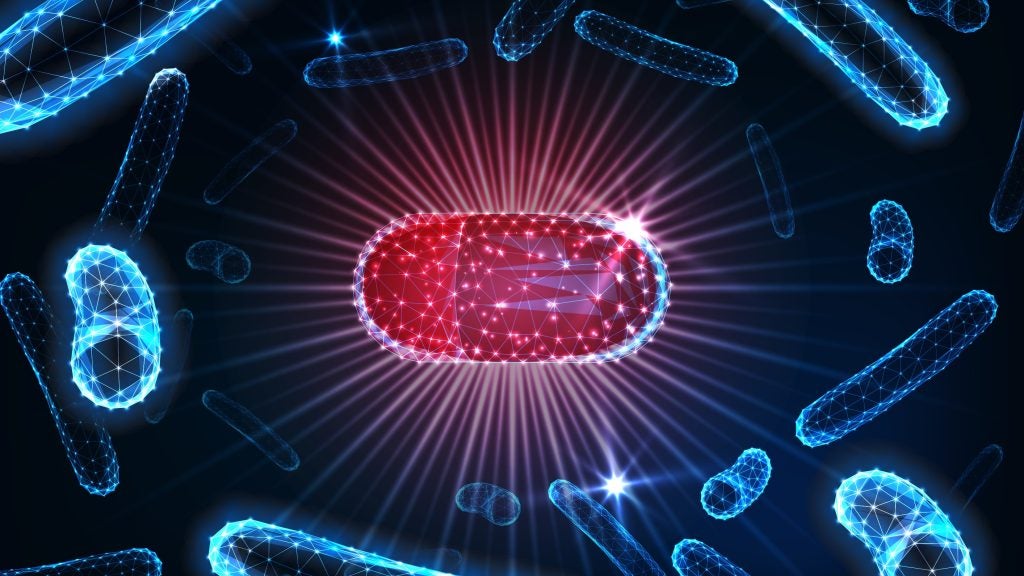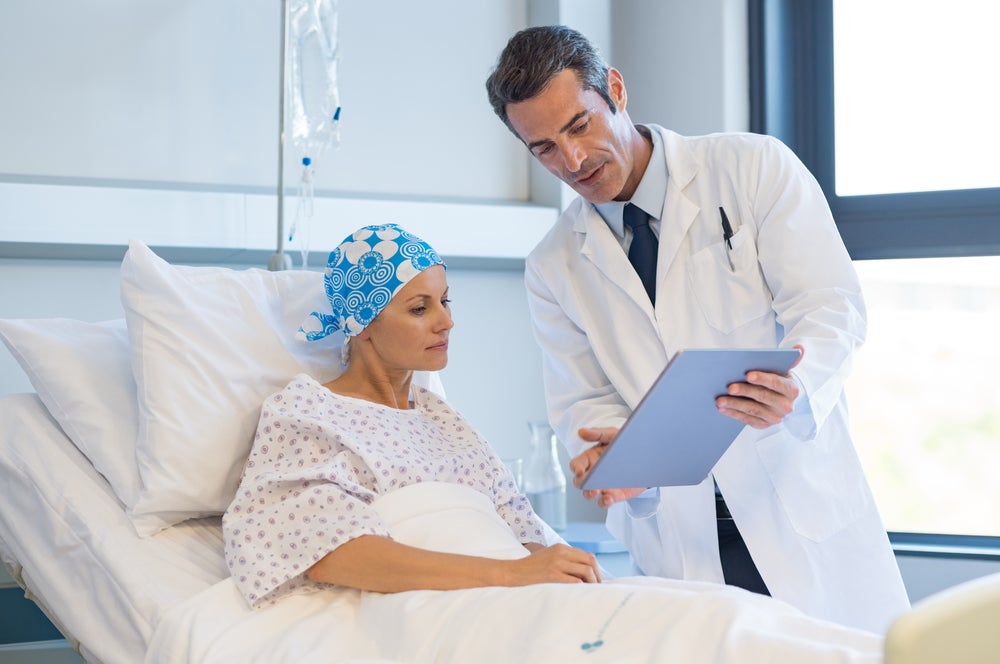

Every year the World Economic Forum, the Swiss non-profit organisation best known for its gatherings of the great and good at Davos, releases the Global Risk Report, which highlights the biggest areas of concern faced by the planet. This year, as in 2014 and 2013, the rise of antibiotic resistance was a major theme.
The 2015 report places all the stated risks on two scales of one to seven. The first scale depicts the likelihood of an event occurring, the second the likely impact of that event if it were to occur. Although ranking somewhere in the middle on likelihood (4.5), the rise of infectious disease scores 5.2 on the impact scale – this puts it joint second with weapons of mass destruction and just behind water crises as the risk with the most potentially catastrophic impact. According to data from the US Centers for Disease Control and Prevention, around two million people per year become infected with bacteria resistant to antibiotics and 23,000 of these cases result in death.
The medical community has been working hard to tackle the problem of resistance by developing new, non-resistant antibiotic strains. This is a slow process – the Food and Drug Administration has only approved five new classes of antibiotic in the past 45 years, with only two hitting the market since 1998, according to the magazine The Scientist. Yet a few promising avenues are currently being explored – among them a kind of synthetic compound called antimicrobial lipopeptides (AMLPs).
New and improved – understanding AMLPs
To understand what an AMLP is, you first have to look at antimicrobial peptides (AMPs), which since the 1980s have been considered a possible alternative to existing antibiotics. AMPs are a naturally occurring part of a cell’s immune system – they are peptides excreted by cells to protect themselves against pathogens. While traditional antibiotics target specific processes of a microbe, certain types of AMPs were shown to disrupt the whole structure and function of microbial membranes, making them a good potential target for a non-resistant alternative. And their physical properties – particularly their high lipophilicity – gives them a well-conserved cell membrane that makes them less evolved towards resistance than traditional antibiotics.
See Also:
It’s more vital than ever that the pharma industry starts investing.
How well do you really know your competitors?
Access the most comprehensive Company Profiles on the market, powered by GlobalData. Save hours of research. Gain competitive edge.

Thank you!
Your download email will arrive shortly
Not ready to buy yet? Download a free sample
We are confident about the unique quality of our Company Profiles. However, we want you to make the most beneficial decision for your business, so we offer a free sample that you can download by submitting the below form
By GlobalDataThere were a lot of barriers to their development into a marketable drug, however, not least the fact that they are large, chemically complex molecules that are very expensive to manufacture, process and store. In response, scientists developed a new way to utilise AMP membrane activity. They lipidated (covalently modified with lipid extensions) small peptides to constructed synthetic molecules with the same basic properties of AMP but in the "micromolar range", essentially creating a smaller, equally potent version. The AMLP was born.
Recent developments
AMLPs have been shown to be effective against certain pathogens and have successfully cured conditions in mice. But up until recently there was still little understanding of the AMLPs’ mechanism at an individual molecular level.
Work published in August by Dejun Lin and Alan Grossfield at the University of Rochester Medical Centre in New York State has shone some important light on the subject. Their research found that AMLPs kill bacteria cells while sparing mammalian host cells. They do this by sticking together in microscopic clumps known as micelles which attach themselves to the bacterial membrane.
Lin and Grossfield’s team found that AMLPs by themselves tended to bind rapidly and strongly to the nearest membrane, whether it be bacterial or mammalian. Micelles, on the other hand, had a predilection for bacterial membranes over mammalian ones due to a higher thermodynamic binding affinity. In addition, computational studies showed that the membranes of mammalian cells had a high free energy barrier which caused the drug to enter the membrane more slowly and less efficiently, while it entered the bacterial membrane with greater ease.
"The biggest surprise was that the binding kinetics – in essence, how quickly the lipopeptides get into the membrane – are crucial to understanding how they work," Grossfield says. "It turns out that it’s not enough to look at the drug molecule itself, it’s also important to consider whether it works by itself or as part of a group. The micelles attack bacterial membranes much faster, which explains why they kill bacteria without hurting the infected animal."
As is the case with AMPs, bacterial cells are less likely to develop resistance to AMLPs because they disrupt the structure and function of cell membranes. The mix of lipids that compose the microbial membrane of bacteria would have to change dramatically to evolve drug resistance while, at the same time, vital proteins in the membrane depend on this mix of lipids remaining the same. This means that any evolution that would create resistance against the AMLP is likely have a negative affect of the bacteria’s own proteins.
There is still a long way to go before AMLPs can hit the market as a viable alternative to existing antibiotics. But knowing what makes micelles more drawn to bacterial membranes than mammalian ones, and that they are more accurate and effective in groups rather than alone, is a major step in understanding how AMLPs can be modified for maximum effectiveness.
"Controlling this process [of micelle formation] by chemically modifying AMLPs to promote their aggregation will be important for optimising their potency while minimising side effects in host cells," Grossfield says. "Because AMLPs are small and stable, manufacturing, processing, and storing them is relatively easy and inexpensive, making them suitable for drug development. We are optimistic that AMLPs will eventually make their way into the clinic as a much-needed option for overcoming antibiotic resistance."






